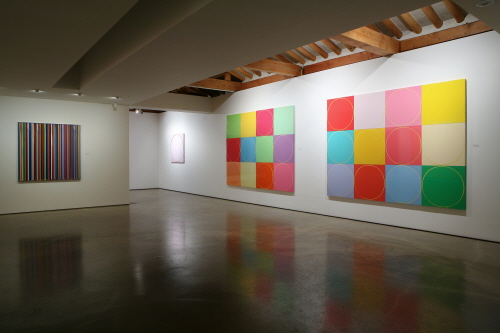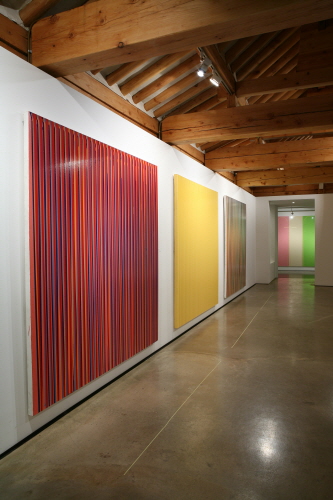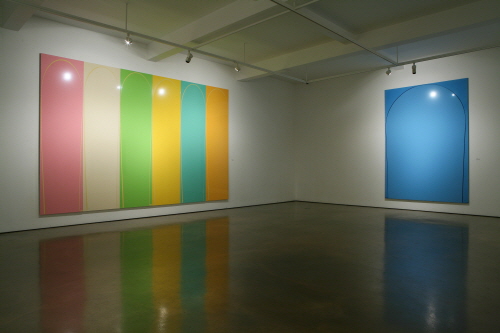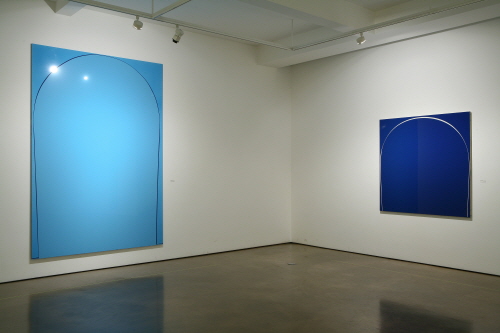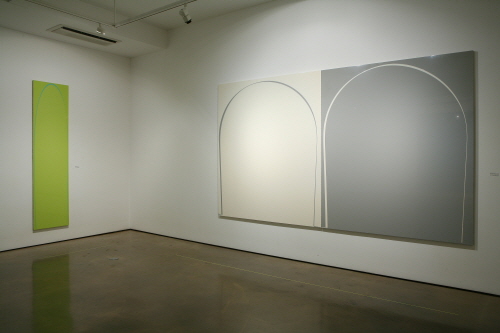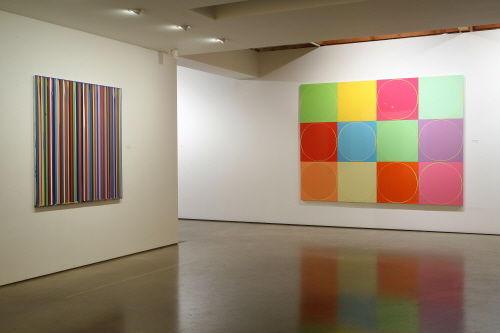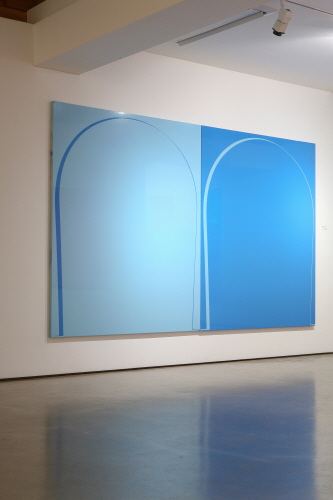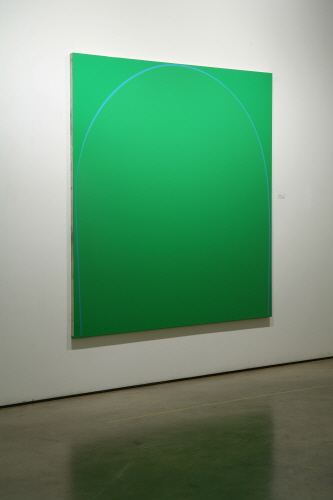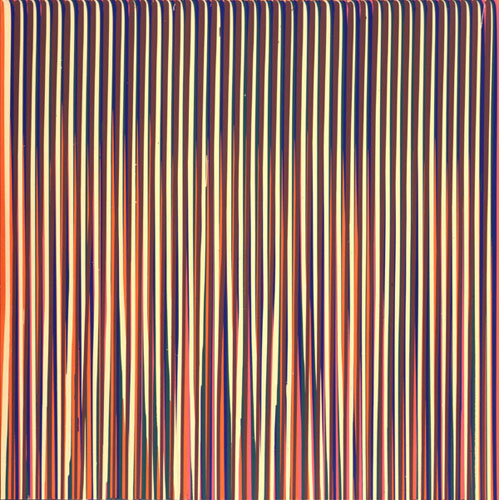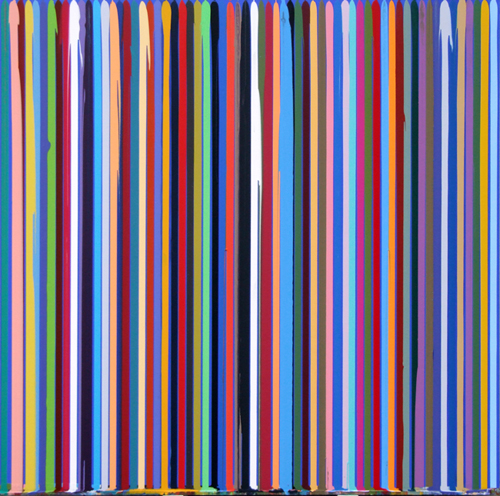伊恩 达文波特展
Ian Davenport was born in Sidcup, Kent in 1966. He studied at Goldsmiths' College of Art in London, graduating in 1988. In that year, he participated in Freeze curated by Damien Hirst, the exhibition which brought together many of the so-called Young British Artists. His first solo exhibition was held at Waddington Galleries in 1990, and in the same year his work was also seen in The British Art Show, which toured to Leeds City Art Gallery and the Hayward Gallery, London. He was nominated for the Turner Prize in 1991. Davenport's work has been exhibited nationally and internationally, and is included in the public collections of the Tate Gallery, London, the Weltkunst Collection, Zurich, and the Dallas Museum of Art, Texas. For the Days Like These exhibition at Tate Britain in 2003, Davenport made a thirteen-metre high mural by dripping lines of differently coloured paint down the wall from a syringe. In 2006 Ian completed 'Poured Lines : Southwark Street', a 50 metre painting commissioned by Southwark Council and Land Securities, which is permanently installed beneath Southwark Street Western Bridge, near Tate Modern. Ian Davenport’s paintings look deceptively simple, but turn out to be complex; they look as if made by chance, but are in fact made with great precision. Many of Davenport's works are made by pouring paint onto a tilted surface and letting gravity spread the paint over the surface. He has usually worked on medium density fibreboard rather than canvas, and most often employs household gloss paint, meaning the viewer can see their own reflection in the work. The circle paintings which he began in 2000 depend again on timing. The paint is poured onto a board that is fixed to a spindle so that when the paint has spread out far enough it can be inverted so the excess drips away. The quick spin of the spindle-set board, like the well calculated throw of the pizza or the pancake tossed at just the right moment and at just the right velocity, with just the right flick of the wrist –this is what is key. Davenport’s watering can, likewise, seem strangely part utilitarian object, part surrealist object, part symbolic object, part anti-heroic fact. His own thought on the matter is laconic and pragmatic: "In 1992 I started making a series of paintings using a watering can. It sounds stupid but it is the perfect device for pouring paint. Using different nozzles I could vary the width of the line from pencil thin to an inch and a half thick. I could also control the timing of the flow very accurately." An apparently "primitive" tool to make very sophisticated paintings. In all these works there was an exploration of different materials What did things do? What could things be made to do? His instinct and policy has always been to set goals so as to push himself forward.




